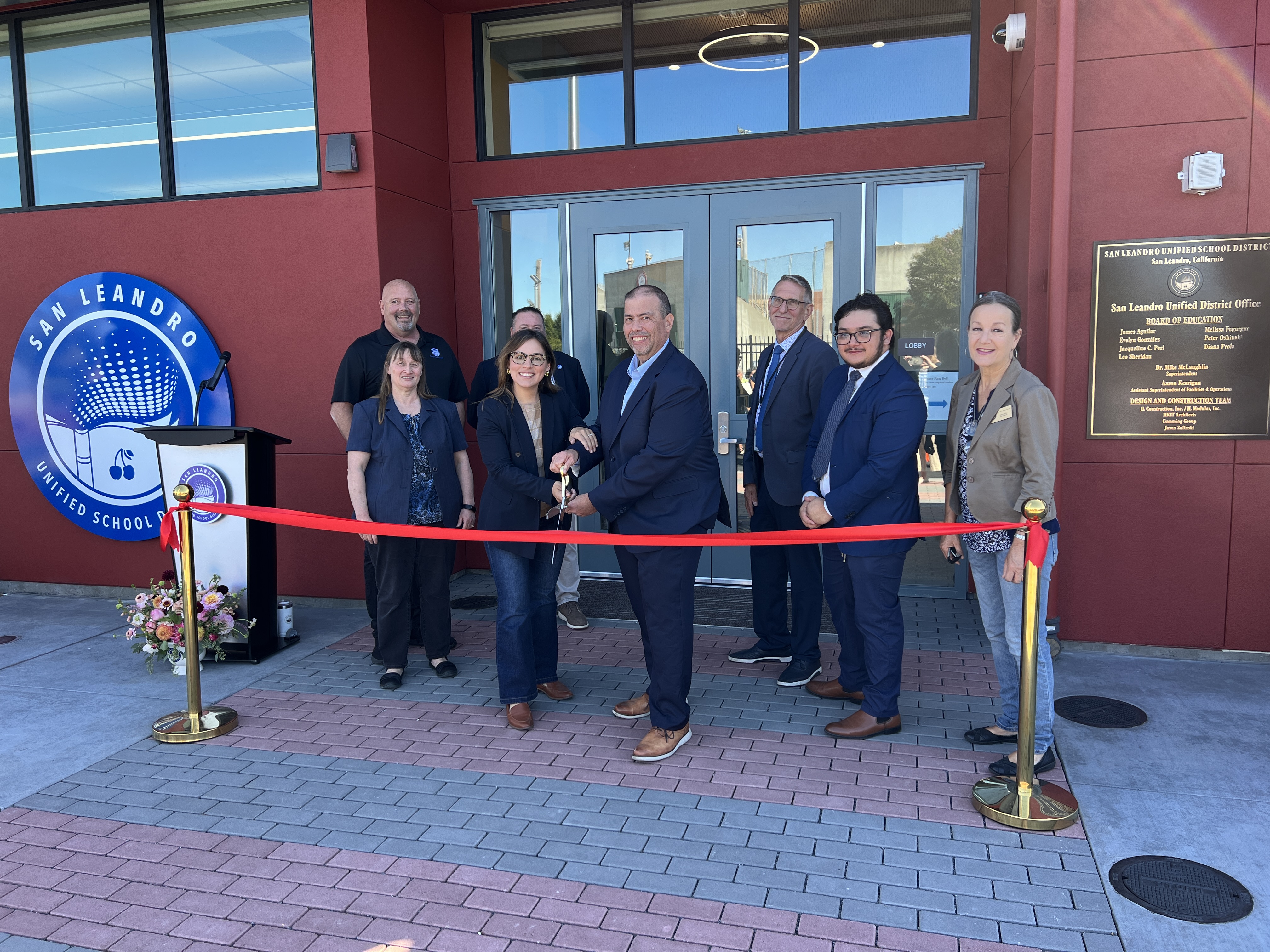FUNDING
Local Control Funding Formula
 In California, school districts are funded through the Local Control Funding Formula (LCFF). The LCFF model allows more freedom in how funds are spent but also requires developing a Local Control and Accountability Plan (LCAP). This plan links spending to specific district goals for student achievement. The LCFF is an important opportunity for families to shape the vision for their children’s education. The LCFF requires school districts to involve parents in planning and decision-making in developing the LCAP.
In California, school districts are funded through the Local Control Funding Formula (LCFF). The LCFF model allows more freedom in how funds are spent but also requires developing a Local Control and Accountability Plan (LCAP). This plan links spending to specific district goals for student achievement. The LCFF is an important opportunity for families to shape the vision for their children’s education. The LCFF requires school districts to involve parents in planning and decision-making in developing the LCAP.
The LCFF also:
- Requires school districts to focus on the eight key areas that help all students succeed.
- Provides extra funding for students with greater challenges.
- Gives districts more flexibility to spend their money to improve local schools.
Under this system, school districts receive a uniform base grant for every student, adjusted by grade level. School districts receive additional supplemental grant funding for students with greater challenges, defined as
- Low-income students
- English learners
- Foster youth
Districts receive additional concentration grant funding when the numbers of these students enrolled in a district make up more than 55 percent of a district’s total enrollment. These students are commonly referred to as unduplicated students.
Within LCFF, districts receive base grant funding to provide the base program for all students. This includes core curricular materials, instructional supplies, teachers’ salaries, and other district services (e.g., custodial, clerical) and support systems for monitoring program implementation and student progress and program evaluation.
Local Control Accountability Plan (LCAP)
The LCAP is the spending plan that accompanies each district’s budget. This three-year plan describes the goals, actions, services, and expenditures to support positive student outcomes that address state and local priorities. All local education agencies must develop and submit their first LCAP with an approved budget. In a school district, the governing board adopts the LCAP, and the County Superintendent reviews and approves the LCAP. All districts must address the specific instructions in the State Board of Education’s adopted template which includes a description of improved services for foster youth, low-income students, and English Learners.
The LCAP is a comprehensive planning tool to help all students succeed.
Each three-year plan must describe
- District-wide and school-wide goals, as well as specific actions to be taken to achieve the goals for all students, including specific subgroups of students, in each of the eight state priority areas, plus any locally identified priority areas.
- Expected progress toward meeting the goals, and as part of a district’s required annual update of the plan, the district must describe actual progress made toward meeting the goals and any adjustments to be made.
- Expenditures required to implement each of the goals and actions, including a description of how additional funds for low-income students, English learners, and foster or homeless youth will be used to increase or improve services for these students. These students are referred to as “unduplicated students” because even if they are in more than one priority group, they are only counted once.
- The process used to involve parents, students, community members, school employees, and other stakeholders in developing, reviewing, and supporting the implementation of the LCAP. Specifically, the district must engage English Language Learner parents in an advisory group to provide input and feedback on the LCAP.
Supplemental Funds
School districts also receive funding through federal programs such as Title I, Title II, and Title III. These funds are used to supplement the basic education program (provide additional resources and services) and not to supplant (replace) general funds. The State Department of Education administers funding for categorical programs through the Consolidated Application (“ConApp”). These funds have clear expenditure rules and regulations. Some of these funds are exclusively for the education of English Learners. The awarded categorical monies are to supplement and enrich the core educational program to meet the specific needs of English Learners associated with acquiring the English language and making the core program accessible.
Title 1, Part A: Improving Academic Achievement
Title I funds provide Federal supplemental resources to be used to narrow the educational gap between low-income disadvantaged students and non-disadvantaged students. School-wide programs under Title I, Part A, permit a school to use funds from Title I to raise achievement for all students and improve the entire educational program of the school. School-wide programs are not required to identify particular children as eligible for services. Such schools can flexibly use Title I funds as long as they engage in reform strategies that increase the amount and quality of learning and help provide a high-quality curriculum for all students according to a comprehensive plan to help students meet the state’s challenging standards.
Schools that receive Title I funding must create a School Plan for Student Achievement (SPSA) through the School Site Council (SSC). The SSC monitors school programs annually through data and assessments, including the disaggregation of ELs to be aligned with Title III accountabilities. All expenditures must be documented on a budget page, which must clearly show evidence of how the programs funded are directly tied to the goals of the SPSA. The budget process must be followed dutifully to ensure transparency of expenditures for all educational partners.
Title II: Supporting Effective Instruction
Title II is a federal program to increase the academic achievement of all students by helping schools and districts:
- improve teacher and principal quality through professional development and other activities.
- ensure all teachers are highly qualified.
Title III: Limited English Proficient (LEP) and Immigrant Funds
The Federal Title III resources provide funds for supplementary programs and services for English Learners. EL Services oversees the use of Title III funds to ensure compliance according to state and federal regulations and guidelines.
- Required activities include providing instruction and instructional support services related to English language development and academic progress in the core curriculum that allows English Learners to meet grade level and graduation requirements.
- Programs must provide staff development opportunities to school staff assigned to English Learners.
- Title III funds may also be used for various instructional support, curriculum development, parental involvement, and related EL program activities.
ELs enrolled in private schools may receive Title III services provided by public schools within their geographical jurisdiction. The district must reach out to private schools to determine eligibility and ensure comparable services that meet Title III provisions. Families should contact their local private school for more information.
Title IV, Part A: Student Support and Academic Enrichment
These funds are intended to increase the capacity of local educational agencies (LEAs) to meet the goals of the Every Student Succeeds Act (ESSA) by
- providing all students with access to a well-rounded education
- improving school conditions for student learning
- improving the use of technology to improve the academic achievement and digital literacy of all students.


